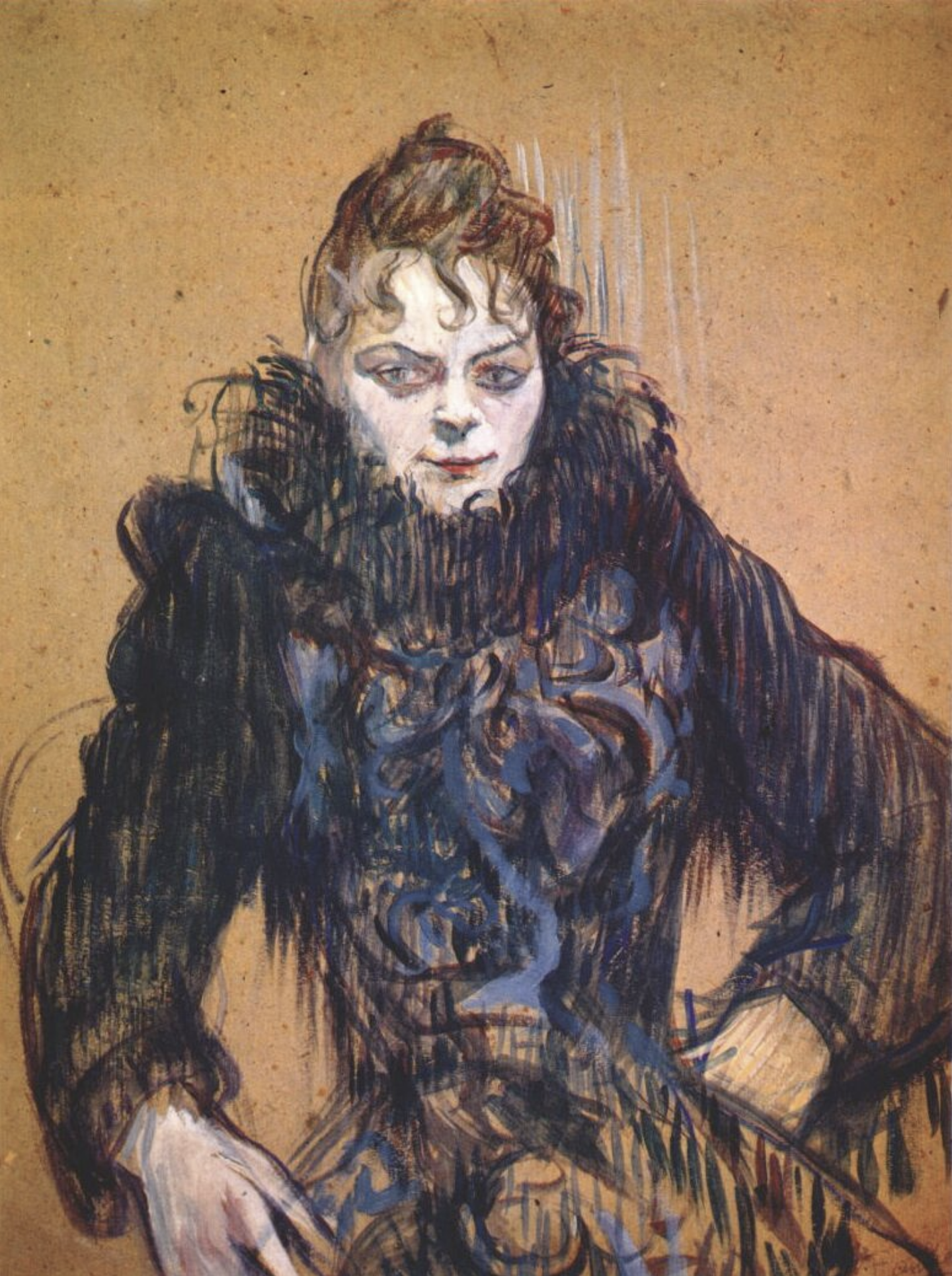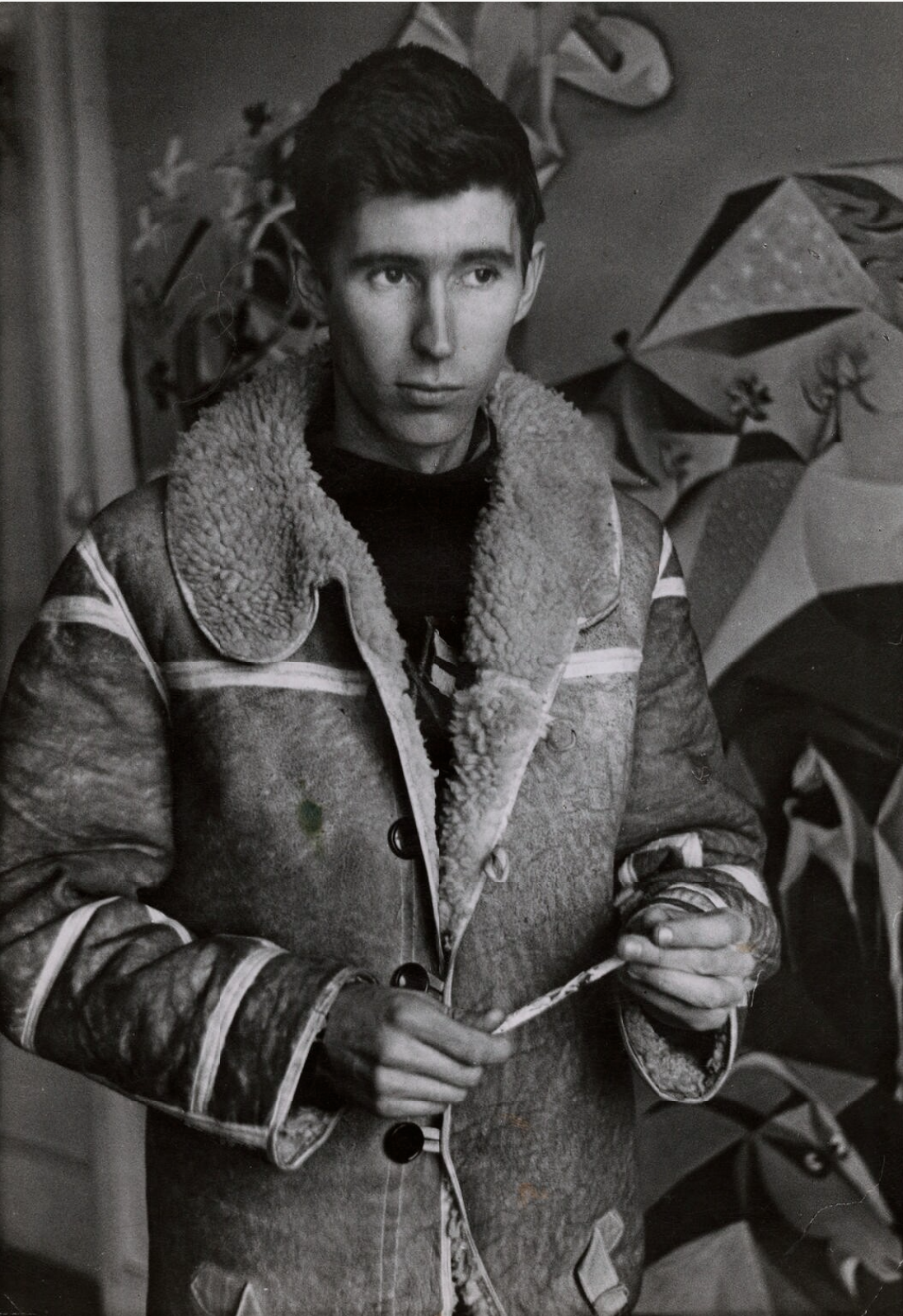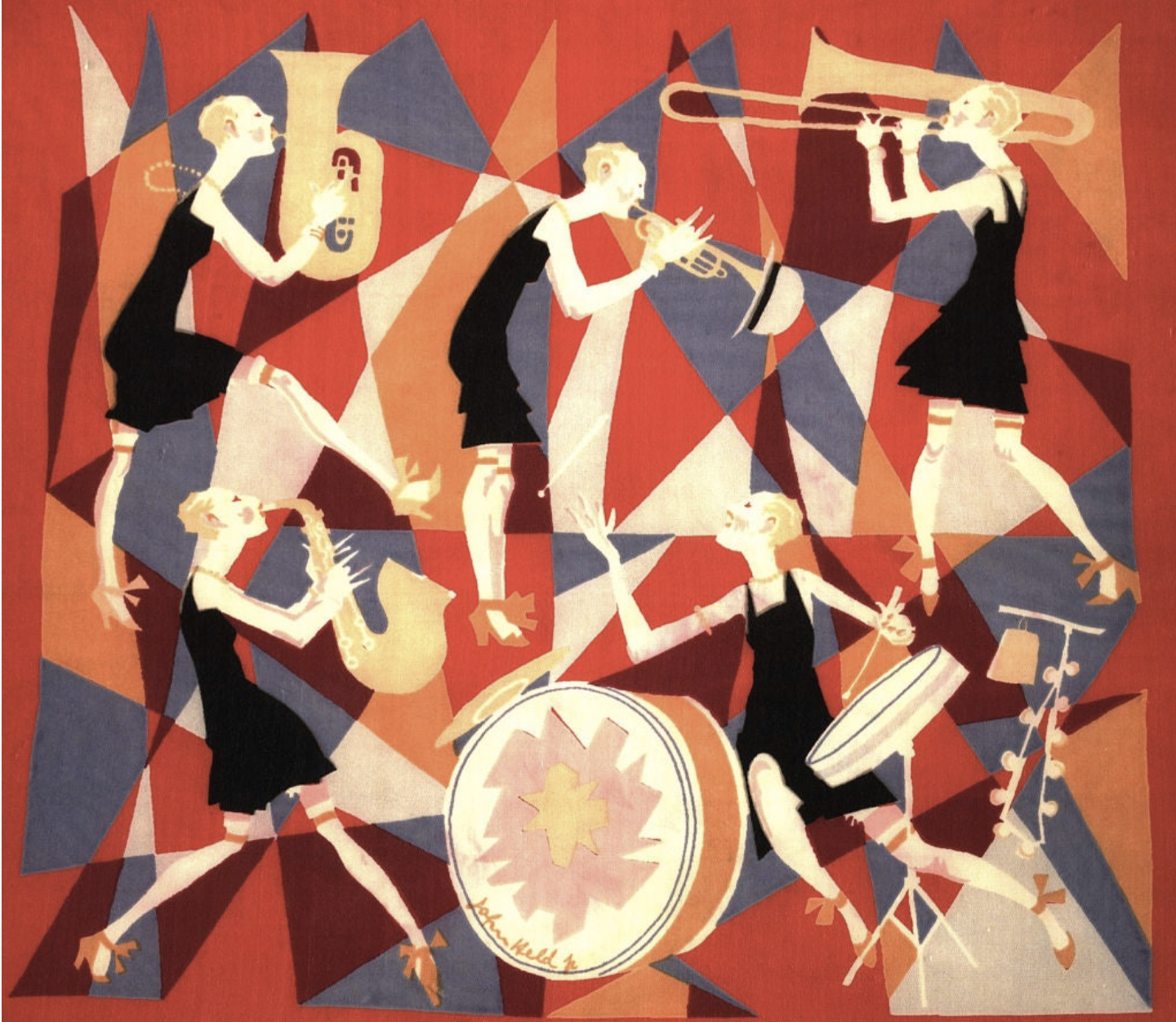Hans Holbein: Successful Careers are the Product of Cultivated Relationships
Hans Holbein the Younger, Mary Shelton, later Lady Heveningham, c.1543?
I recently visited a fine exhibition of the work of Hans Holbein at the Queen’s Gallery, London (until 14 April).
Holbein painted the Tudor court in soft velvets, shining satins and luxurious furs; in elegant gable hoods, smart caps and expensive jewellery. With compelling precision he conveyed his sitters’ warmth and humanity, confidence and wit. At the show you can marvel at the vitality of his preparatory sketches, in coloured chalk - scribbled, scratched and smudged to achieve his desired effects.
I was particularly taken by the way Holbein managed his career, making good use of patrons and sponsors; establishing new connections as the economic and political climate shifted around him.
Born into an artistic family in Augsburg around 1497, Holbein trained with his father and then established himself in Basel, where he painted religious panels and portraits, and designed book illustrations.
During this period Holbein produced several portraits of Desiderius Erasmus, the celebrated philosopher and writer, and illustrated some of his books. Holbein’s relationship with Erasmus came in useful when in the early 1520s religious reforms hit the market for devotional images. The artist decided to try his luck in England, where the Tudor court of Henry VIII was flourishing. He arrived in 1526, carrying a letter of introduction from Erasmus to the lawyer, author and statesman Sir Thomas More.
'The arts are freezing in this part of the world, and he is on the way to England to pick up some angels.[English coins]’
Erasmus
More thought Holbein’s work ‘wonderful’ and became his first patron in England. With Erasmus’ endorsement and More’s introductions, Holbein soon found work with a rich array of senior courtiers, merchants, landowners and diplomats.
Hans Holbein the Younger (1497/98-1543) - William Reskimer (?-1552) c.1532/34
But power and influence shifted rapidly in Henry’s orbit. When More refused to support the king’s divorce from Catherine of Aragon, the lawyer fell out of favour. He was executed in 1535.
Holbein meanwhile established new patronage amongst the emergent power circles of the Boleyn family centred around East Anglia; and with Thomas Cromwell, the king's secretary. Cromwell commissioned Holbein to produce reformist and royalist images, and by 1536 the artist was employed as one of the King's Painters on an annual salary of £30.
Holbein created the defining image of Henry: standing in heroic pose, with ornate robes, direct gaze and his feet planted apart. He also drew and painted three of the king’s wives, his daughter Mary and son Edward. Through careful management of his connections, Holbein had made his way to the top of the artistic tree.
Holbein was particularly valued because his portraits were considered accurate. With the king periodically jettisoning his wives, his ambassadors found themselves scouring the royal courts of the Continent for potential new partners. Nervous about ‘whether their images were like to their persons,’ they trusted Holbein to paint them.
Hans Holbein the Younger, John Godsalve, c.1543 CREDIT: Royal Collection Trust/ His Majesty King Charles III 2023
On one such mission Holbein created a portrait of Anne of Cleves whom Henry subsequently wedded in 1539, at the encouragement of Cromwell. The king however was disappointed with Anne in the flesh, and he divorced her after a brief, unconsummated marriage. Cromwell (rather than Holbein) was blamed. He fell out of favour and was executed in1540.
Although Holbein had steered a course through the choppy waters of the Tudor court with admirable dexterity, his career never quite recovered from the demise of Cromwell. He took private commissions, produced miniatures and painted his final portrait of Henry in 1543. He died the same year at the age of 45.
Of course, Holbein was an artist of exceptional skill. But his success also derived from a considerable gift for networking.
In pursuing our own careers today, we may like to think that we will thrive purely on the basis of our talent and industry; that our worth will be justly recognised by our corporate leaders. But we all need help navigating complex company structures and hierarchies; finding our way through changing industries and sectors. We would do well to nurture mentors, patrons and sponsors; people with experience who believe in us, who will open doors and set us on the right path. Because, as Holbein demonstrated, successful careers are the product of cultivated relationships.
'Don't know what I'd ever do without you,
From the beginning to the end.
You've always been here right beside me,
So, I'll call you my best friend.
Through the good times and the bad ones,
Whether I lose or if I win,
I know one thing that never changes,
And that's you as my best friend.’
Brandy, ‘Best Friend’ (K Crouch / G Mckinney)
No. 461

























